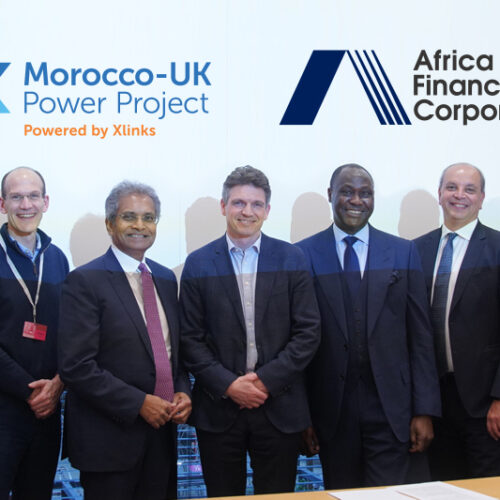The latest iteration of energy regulator Ofgem’s sandbox has now been opened to applications.
Details of the updated sandbox were released in February, with a number of changes outlined. Most notably, Ofgem announced it would be removing the application windows, with the service to be open at all times.
Two windows ran when it was first launched in 2017, with 68 innovators working within the sandbox to explore and develop a range of trials as part of those windows.
Feedback from those innovators has led to the service – which allows for innovation projects to proceed when they would otherwise be prohibited by current regulation – being expanded.
Ofgem is in talks with other code bodies and organisations to expand the rules that are within sandbox’s scope.
It has today (20 July) launched a new consultation seeking industry views on which supply licence conditions it can provide relief from, as well as the circumstances in which it can grant supply licences for specific geographic areas or premises types. The consultation period for this is set to end 12 October 2020.
Other changes to the sandbox include the ability for innovators that are not sandbox-ready to access feedback, as well as Ofgem publishing general guidance on common-use cases and issues arising from the feedback service.
There is also to be clear entry criteria for different sandbox services after Ofgem found innovators want clarity around support available.
Neil Barnes, deputy director of Future Retail Markets at Ofgem, wrote in a blog on the regulator’s website that now is “an ideal time” to launch the new version of the sandbox.
“The energy system, and how we use it, is changing, but that transformation needs to accelerate in order to drive a massive shift in how we produce and consume energy,” he said, adding that the economic and social impacts of COVID-19 have given further insight into what a low carbon future might look like.
Previous projects to have taken part in the sandbox include Centrica’s Local Energy Market, which saw technology such as solar PV, combined heat and power and battery storage installed, as well as a new platform implemented to allow both National Grid ESO and Western Power Distribution to bid simultaneously for flexibility, as well as projects run by BP and Verv.





